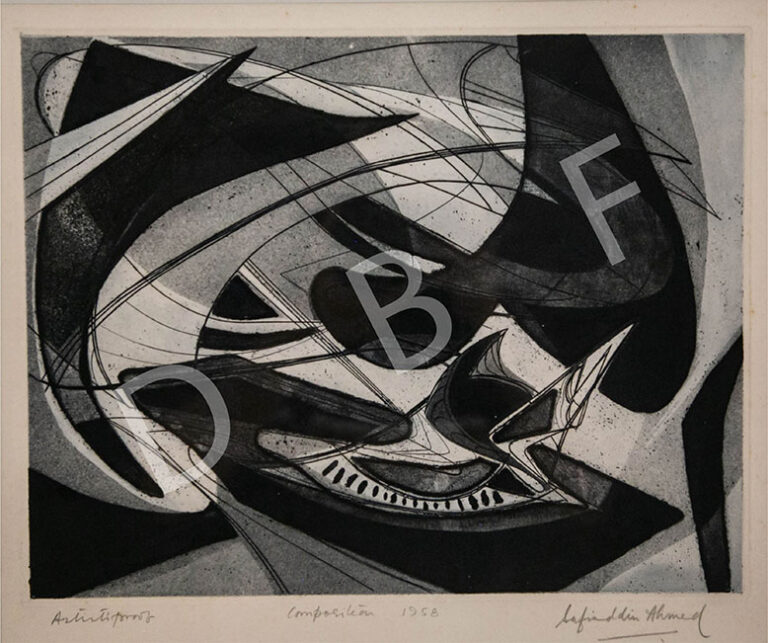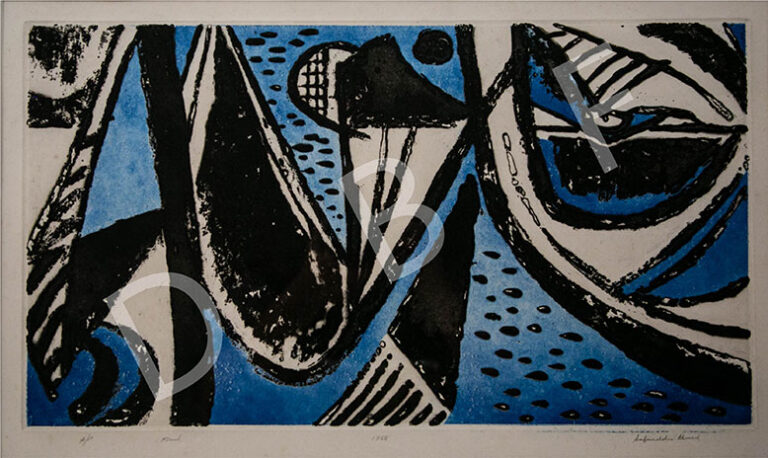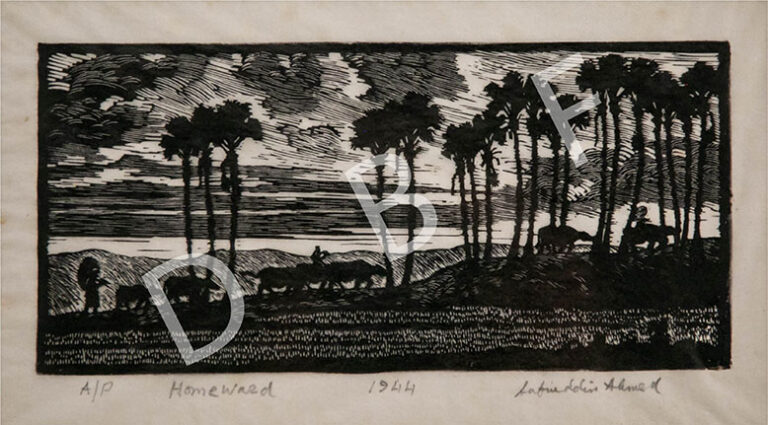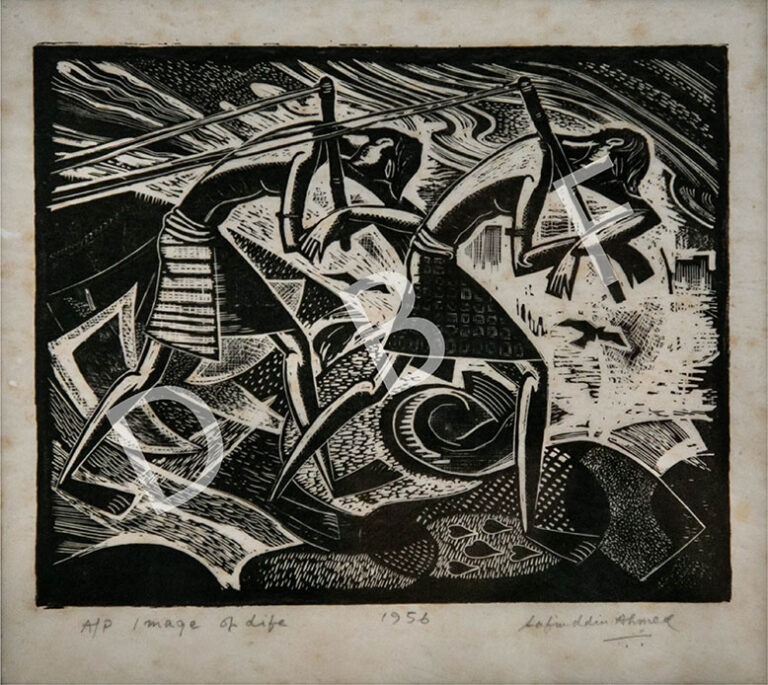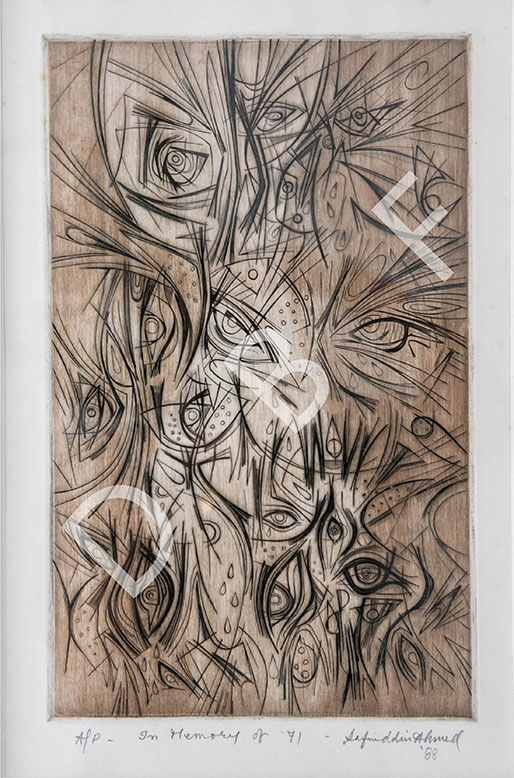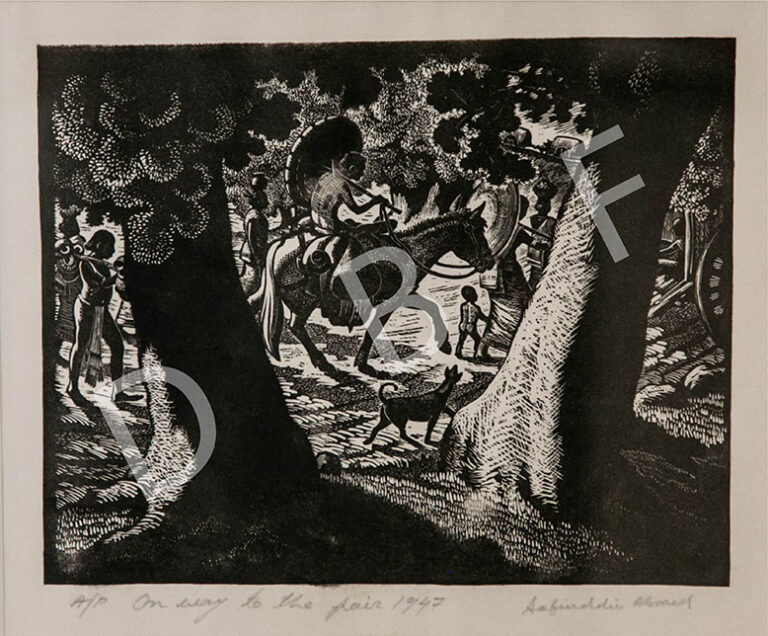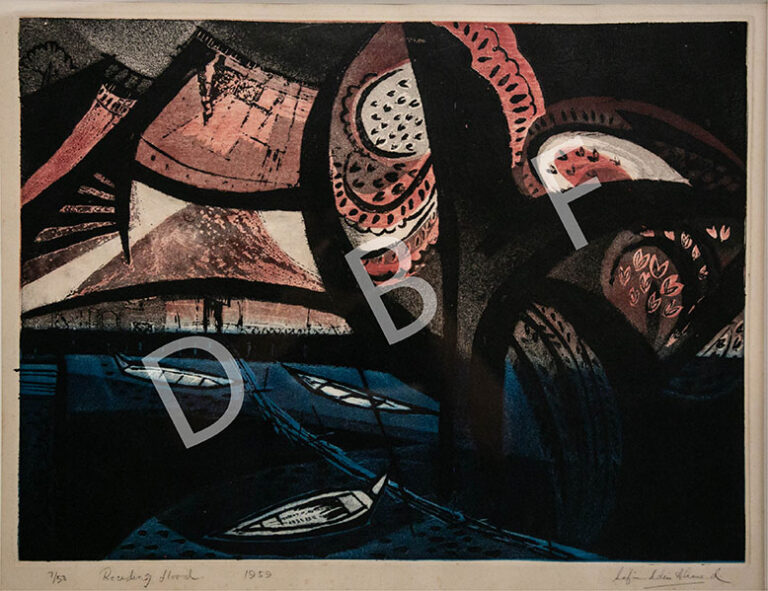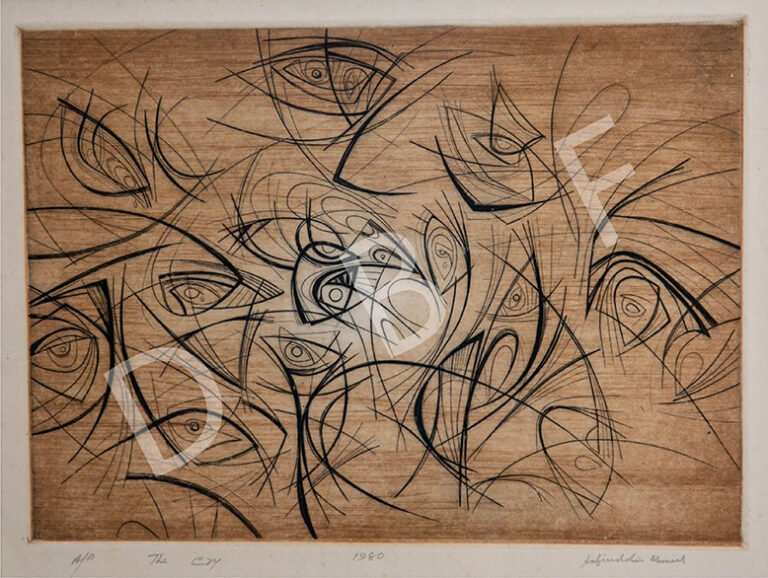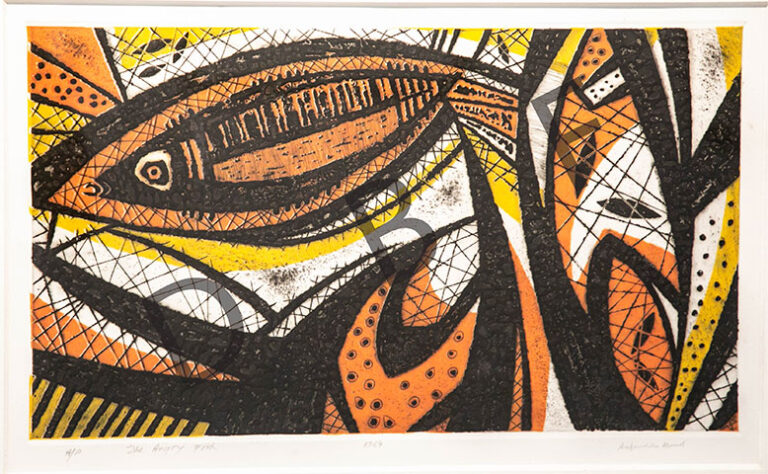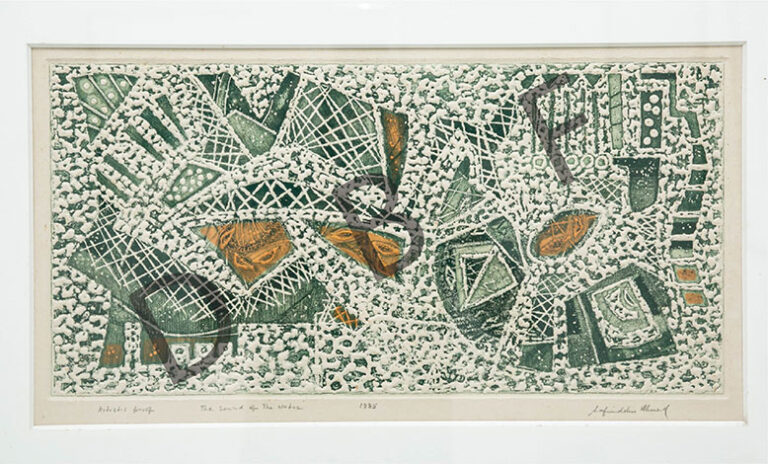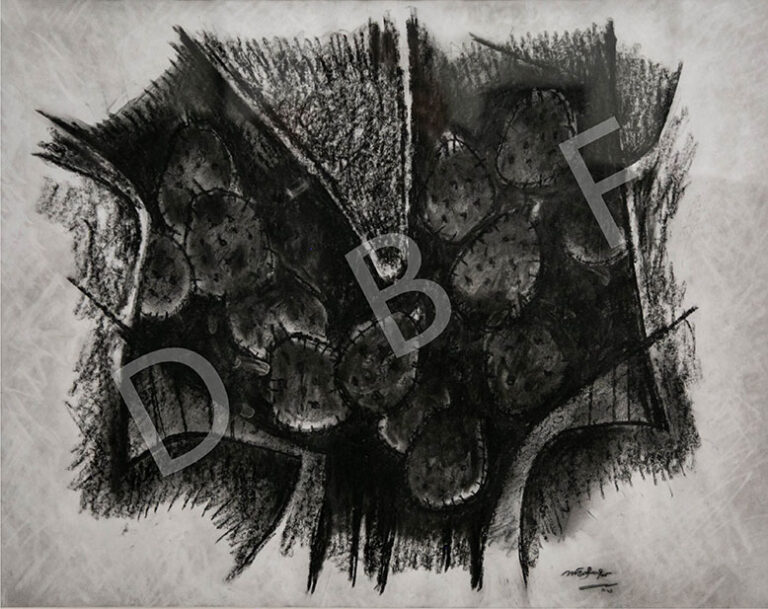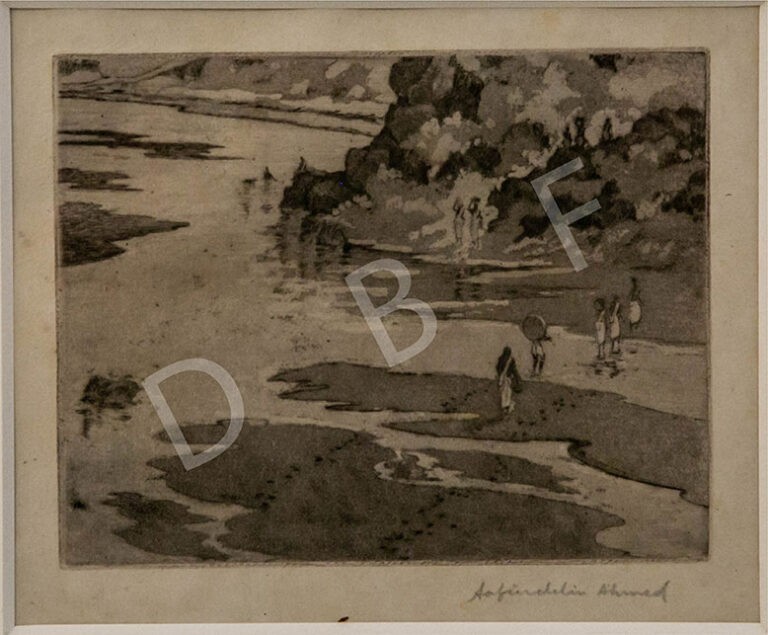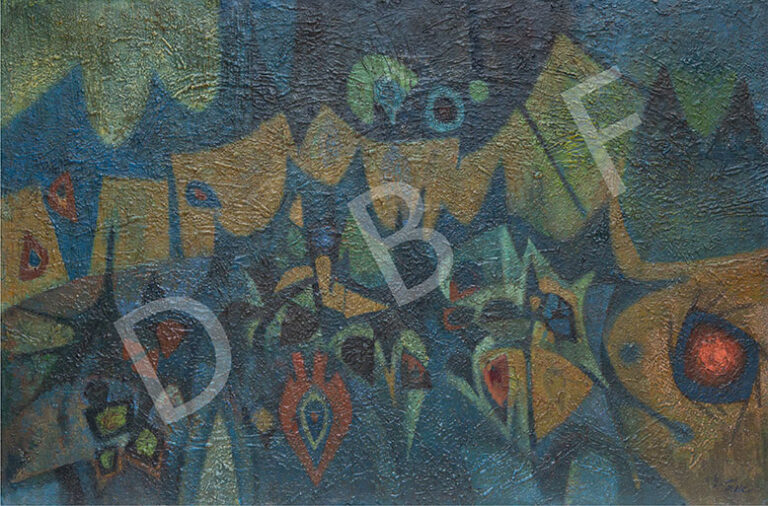“The Cry” by Saifuddin Ahmed is a vigilant sentry of the time he lived in. Being born in an uncertain period, witnessing war and post-liberation high he has lived a life of a visual prisoner in his own country. This copper engraving is his response to crime, injustice, and oppression happening around him. the takes us into the souls living in constant terror, depicts their helplessness, and sheds silent tears grieving the horrific reality. Being unable to do anything, he takes the only weapon he has. Through his art, he shades light to the nightmare people are living in, brings attention to the instability, and addresses the fright it caused.
This 1980 art piece captured the internal conflict, invisible battle, and everyday struggle of the common man.

Safiuddin Ahmed
Safiuddin Ahmed was born on June 23, 1922, in Bhabanipur, Kolkata. He began his artistic journey by studying art at the Calcutta Government School of Art in 1936. During his time at the art school from 1930 to 1942, Safiuddin had the opportunity to connect with many individuals. In 1958, he successfully completed diploma courses in printmaking from the Central School of Arts and Crafts in London. For his contributions, the Government of Bangladesh honored him with the Ekushey Padak in 1978 and the Independence Day Award in 1996. Safiuddin Ahmed passed away on May 20, 2020.
The Cry

Art Style
Renowned for his unique style of indigenous modernism, his art transcends idyllic romance, revealing remarkable depth. To truly grasp and appreciate his artistic endeavors, one must delve into the underlying ethos that encompasses his attempts to capture the intricate relationship between life and nature. Fearlessly undertaking the exploration of the interplay between humanity and the natural world, Safiuddin achieved remarkable success by empathetically observing his subjects and conveying a profound sense of belonging.

